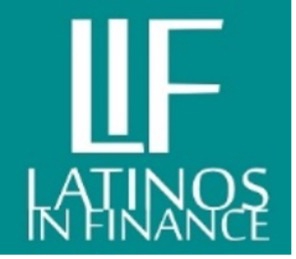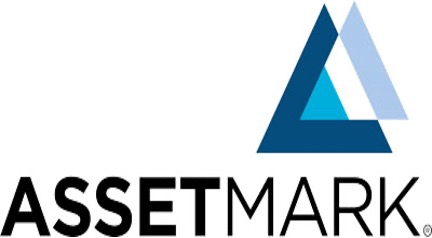by Saiqa Ane Qureshi, Staff Writer, FWSF MarCom Committee
On Thursday, September 25th, Financial Women of San Francisco (FWSF), in partnership with AssetMark and Latinos in Finance (LIF), hosted a compelling webinar titled "Seen and valued: Addressing workplace proximity" as part of their joint commitment to workplace excellence.

As remote, hybrid, and on-site work models become the norm, proximity effects risk creating a two-tiered system where location determines opportunity. Organizations face mounting challenges as these concerns intersect with protected categories including age, race, gender, and disability, potentially exposing them to legal risks while undermining equitable workplace initiatives.
The dynamic panel was expertly moderated by Daryl Graves, DIB Professional at AssetMark, and featured distinguished speakers: Ayanna Reed, Vice President of Human Resources and Office Administration at San Francisco Foundation; Kaery Castillo-Ferreira, Business Strategy Manager at T-Mobile; and Ayanna Anderson, SVP of Diversity, Inclusion, and Belonging at Highwire PR.
The energy in the virtual room was evident as the speakers played off moderator Daryl Graves with natural ease. The fireside chat flowed seamlessly, with the panelists forming an authentic connection that brought the discussion to life. Their blend of storytelling, humor, and deep expertise on the subject matter created an engaging and impactful conversation, a testament to the successful collaboration between all participants.
Proximity bias can promote a two-tiered system where employees who are physically present receive favorable opportunities and a generally more positive impression, while hybrid and remote workers are disenfranchised from the same opportunities.
Kaery Ferreira emphasized the importance of intentional engagement when working from home, keeping cameras on when possible and maintaining the same professional readiness as in-office work. She raised a thought-provoking point about the bias baked into virtual perceptions: how "staged" backgrounds influence impressions, much like how "pulled together" someone appears in person affects workplace perceptions.
Ayanna Anderson offered a crucial caution: while encouraging everyone to return to the office might seem like a solution to reduce proximity bias, we must consider what it takes to show up in spaces that weren't designed with everyone in mind. From food and catering choices to the use of public transportation and safety concerns, particularly during times of escalated attacks on minority communities, these factors create real barriers that can't be ignored through simple compartmentalization.
When considering roles, it's critical to evaluate a company's ethos and remote work policy. For some, returning on-site full-time has been the better fit; many have adopted hybrid models; others remain fully remote. These decisions involve complex considerations around costs, space, and logistics.
Ayanna Reed highlighted the importance of bringing functions together and harnessing technology thoughtfully. She stressed having real conversations, asking employees what they need to feel seen, valued, and heard, and then clarifying what that truly means to them.
She shared a powerful example: A recommendation was given but not implemented, leaving the giver feeling unseen and undervalued. However, without closing the loop and checking back, the true situation remained unclear. This represents a critical cultural shift needed in organizations.
The panel explored essential questions: How do we create the virtual equivalent of a "tap on the shoulder" without requiring face-time? How do we shift behaviors in leaders who exhibit proximity bias?
Tools and frameworks can make a difference. One example shared was a one-slide "about me" sheet capturing photos, DISC assessment results, personal attributes, and preferred working styles. This simple tool, still in use four years later, facilitates connections with new team members, supports mentoring relationships, and builds understanding across distributed teams.
While often unintentional, hybrid workplaces are experiencing growing inequity based on proximity, where leaders unconsciously value the contributions of employees they see daily over those of remote or hybrid workers who aren't regularly in the office. Recognizing and addressing this bias is essential for creating truly equitable and thriving workplaces for all.


From Connections Newsletter (Past Event Highlights): October 2025
––––––––––––––––––––––
The suggestions of the contributor do not constitute professional advice and are intended for general informational and educational purposes only. Nothing contained herein is intended to be or should be used as a substitute for professional advice, and readers should not act or rely on this information without seeking specific guidance directly from a qualified professional.
The opinions and information expressed in this blog/post/webpage are solely those of the contributor and do not necessarily reflect the views of FWSF. FWSF is not responsible for any errors or omissions in this content or any damages resulting from its use.